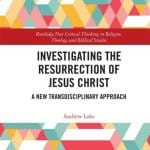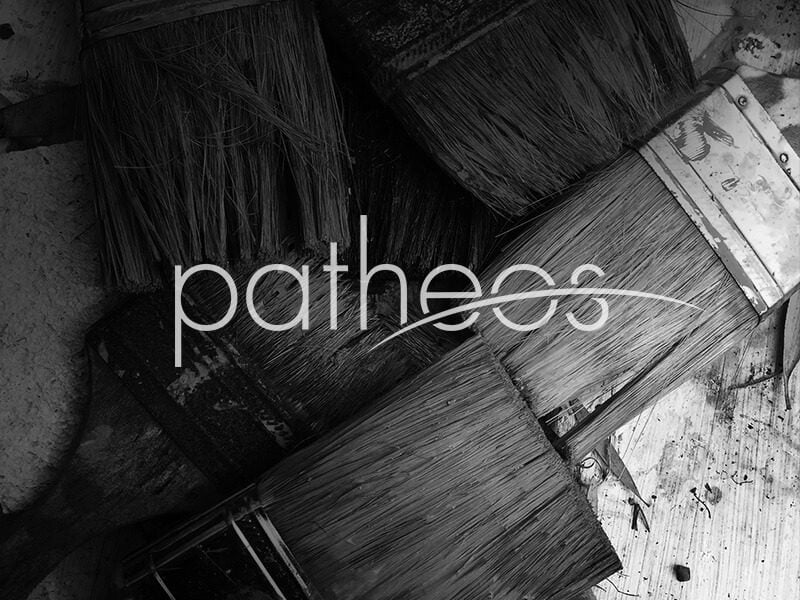Kate Tyler
The Ecclesiology of Thomas F. Torrance: Koinonia and the Church
Minneapolis: Fortress, 2019.
Available at Amazon.com
Review by Christy Thornton
Kate Tyler’s new book The Ecclesiology of Thomas F. Torrance: Koinonia and the Church provides Torrance studies with a much-needed monograph focused specifically on his eccesology. Her book accurately, and concisely recounts Torrance’s understanding of the church, brings his Trinitarian Ecclesiology into conversation with key academic voices, and shows its practical relevance.
Tyler introduces Torrance’s ecclesiology in the context of his Trinitarian theology. She introduces his commitments ontologically to God’s ontorelational, perichoretic koinonia, and epistemological to a stratified model of knowledge. She recounts the three stages of the church for Torrance—the preparatory form (Israel), the new form (Jesus Christ), and final, eternal form (glorified church at Christ’s return), expounding the significance for Torrance that the church is community between the times. She lands her exposition by showing Torrance’s dual understanding of koinonia as vertical, internal to the Godhead, but also, horizontal, in the church’s mutual participation in Christ, through whom by the power of the Spirit Christians participate in the koinonia of the Trinity. In doing so, Tyler reveals the soteriological significance undergirding Torrance’s ecclesiology.
Tyler laudably maintains Torrance’s intentional effort to locate theological articulation in the context of the church’s life and mission. Occasionally, Torrance interpreters are tempted to divorce Torrance’s theological work from its practical application in the mission of the church. Tyler does an excellent job showing how Torrance applies Trinitarian ecclesiology to his work in the ecumenical movement. He argues for the unity of the church both by virtue of Christians’ shared union with Christ, and unity with one another as co-laborers in the ministry of reconciliation. By Tyler’s intentionality on this point, she shows herself a careful exegete of Torrance’s writings.
Tyler also highlights the practical significance of Torrance’s ecclesiology by highlighting his role in the Church of Scotland and the Ecumenical movement. While biographical backgrounds are common in texts like this one, Tyler devotes a later chapter in the book on how Torrance’s doctrinal articulation informed his service in and to the church catholic, and the Church of Scotland. Her inclusion of Torrance’s service honors his legacy not only as an academic theologian, but also, and perhaps more importantly for Torrance personally, as a churchman.
Finally, Tyler brings Torrance’s ecclesiology into conversation with three significant 20th/21st century theologians. She compares and contrasts Torrance’s ecclesiology compares to Kathryn Tanner, Jürgen Moltmann, and John Zizioulas. With Tanner, Tyler finds a similar Christocentric similarity with Torrance, while noting Tanner’s reticence to use perichoresis and koinonia as regulative ecclesiological motifs, as opposed to Torrance who depends on them. For Moltmann, she notes Torrance vehemently rejects the necessity of creation for God in se, which many theologians have accused Moltmann of affirming. Applying Moltmann’s Trinitarian theology to the church, Tyler notes he differs from Torrance through his focus on liberation and hope. With Zizioulas, Tanner does fine job recounting the personal connection between Torrance and Zizioulas as well as the division in their doctrine. In particular, she notes their divergence on their understanding of the divine monarchia, and Torrance’s intentionality to maintain Christ as mediator, which restrains him from seeing the communion of the Godhead and communion of the church as parallel realities.
Certainly, Tyler’s work is welcomed addition to Torrance’s secondary literature. She carefully interprets Torrance’s complex works with nuance and concision. Though, in locating the central motif of Torrance’s ecclesiology as Koinonia without Torrance’s equal focus as “Body of Christ”, the framework from her argument leaves open the door for dividing Torrance’s consistent commitment to theology as both Trinitarian and Christocentric. Because of Tyler’s careful exposition, she generally avoids this pitfall, and appropriately integrates Torrance’s consistent Christological commitments in the context of his Trinitarian focus. Without doubt, this volume will prove helpful for Torrance scholars in the coming years.
Christy Thornton is Assistant to the Director of PhD Studies at Southeastern Baptist Theological Seminary.












